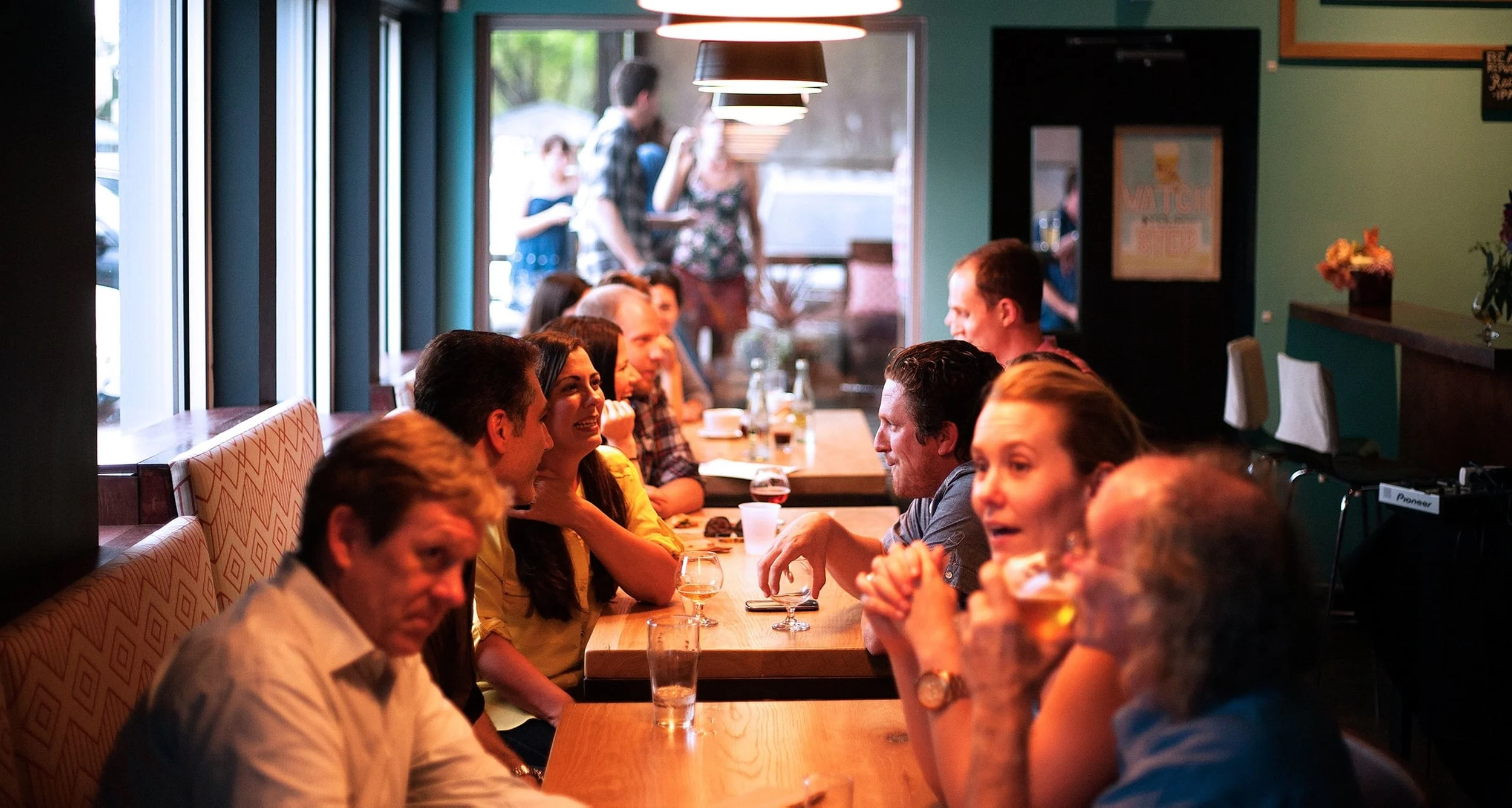How to Derive the Value of a Restaurant?
The information below is a simplified outline of the 3 most common methods used to value a restaurant business. Books have been written on this subject. There are many factors, including comparable sales figures from local and national databases that are analyzed before determining the value of a restaurant. Note that some restaurants fall outside typical standards and cannot be valued using these methods.
The 3 Most Common Methods to calculate the Value of a Restaurant are:
1. Gross Sales Approach (GSA):
- The most common approach is based on a percentage of gross sales, less tax.
2. Cost to Build Approach or The Asset Approach:
- Used when a restaurant is breaking even or in distress.
- The quality of the lease, condition of the furniture, fixtures, equipment and leasehold improvements are the assets being sold.
- The cost to build your restaurant is estimated and adjusted based on size, age and condition of your restaurant, and setoff by an industry standard percentage.
3. Seller’s Discretionary Earnings (SDE):
- Is defined as earnings before taxes, interest, amortization and depreciation plus the annual compensation of one owner.
- This preferred formula requires an analysis of your tax returns to show the net cash flow your business is generating.
- A restaurant value is derived by an industry standard multiple of SDE.
Only a business broker specializing in restaurants will know how to properly determine the value of a restaurant. Typically a restaurateur has an emotional attachment to his or her restaurant. This lends itself to feeling that his or her restaurant has more value than what the buyers in the market will pay. A restaurant broker who is active in the market will know how strong or weak the market is and take that into consideration.
Call me today for a free estimate of the value of your restaurant
917-715-4346
